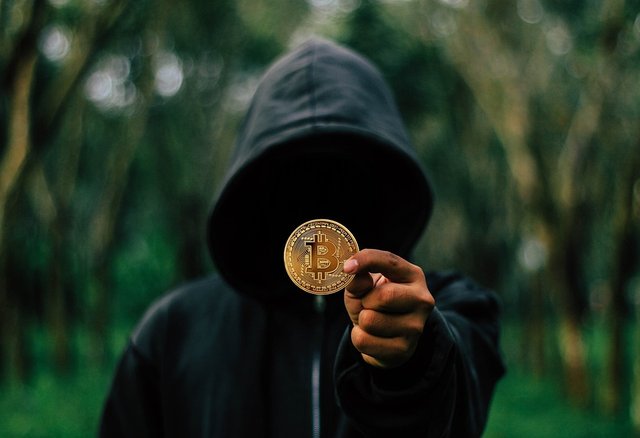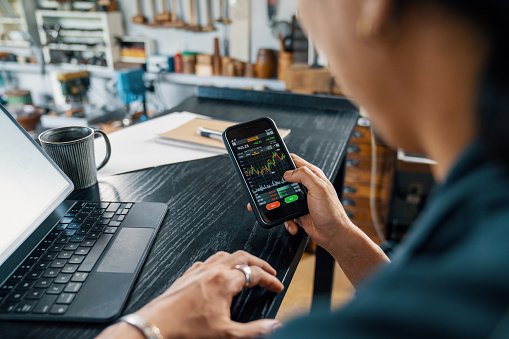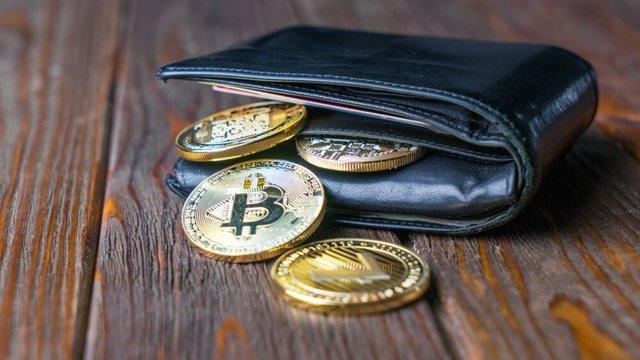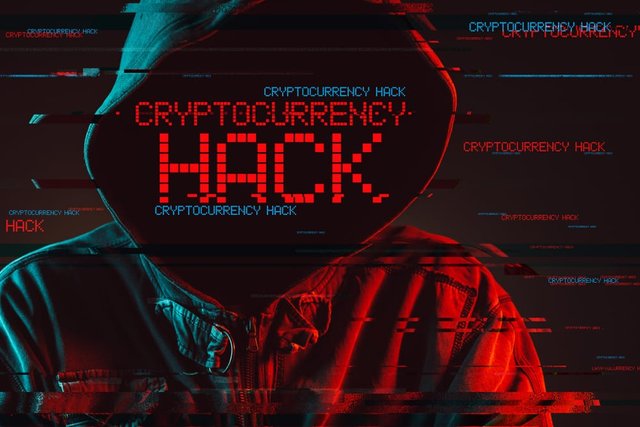New into crypto investment? This is for you - Part 3

This is a "guide" to help you get started with crypto. I decide to break it down into digestible parts. Those are mere my thoughts and observations from experience when I first started dabbling with cryptocurrencies but more on why I decided to invest in crypto in another post.
Disclaimer, I am not a financial advisor, I am merely a helicopter pilot. Always do your own research and be extra cautious to where you invest your money.
Part 3: How to buy

We learned about some investment basics in crypto and some crypto lingo as well, and now we are ready to pull the trigger and click the big green button that buys magic internet coins. How you ask?
To keep things short, we want to convert our confetti fiat money (fiat is the term used for government issued money) into cryptocurrency digital assets. However, in order to do that and buy your favorite digital coins, some steps need to be made beforehand.
The first and most important as a cryptocurious nooblet, is to make an account in a well-established centralized exchange in order to exchange your money for crypto.
There is a sea of exchanges to choose from, but for a newbie an exchange like Kraken, Binance, or crypto.com is more than enough. There are other exchanges that have more “exotic” coins as well like Kucoin, Hotbit, Huobi etc.
I use multiple to gain access to multiple assets but again for a beginner it is not needed, in fact it is counterproductive. And this is only centralized exchanges. There is a myriad of DEFI applications as well that you can swap and exchange tokens for one another that you would not get elsewhere, and DEFI is my favorite place to hang when I am buying or selling.
Whenever you make an account in an exchange you have the Know Your Customer procedure that must be honored. This is due to the exchange being centralized, aka, someone OWNS it, and owns all the crypto that is stored in that exchange. The exchange needs to know who you are, where you live, and possibly provide some tax identification in some cases depending on the amount you are buying and personal identification number or passport. It’s not as simple as installing an app and you’re swimming in crypto. A few years back KYC were much lighter but as time passes and adoption is running rampant, the long arm of governmental intervention comes to play by imposing regulations and laws.
As soon as you get verified with the exchange you could connect a visa card and buy crypto on the spot (this includes a transaction fee for Visa) or you could transfer money from a bank account but bare in mind that this could take 1-2 days for the funds to be cleared. So, plan accordingly if you’re eyeing an asset you want to buy.
Ok, I bought! Now what?
Just like you own a wallet that you put your visas and paper money in, you MUST have a crypto wallet. The assets you have on the exchanges are not your own. We have a saying, not your keys, not your crypto. This is because even though you bought the assets, and are technically yours, you keep them in the exchanges ”vault” and until you withdraw them to an external digital wallet that only YOU have access to, they are not considered entirely yours. Why you ask? Because the exchange could get cyber attacked, and your funds could be lost with that attack. The exchange might decide to pull the plug and pull off an ol’reliable rug pull. There are a lot of things that could go wrong, and to err on the safe side its better to have full custody of your assets.

Digital wallets operate with a seed phrase, a series of random words you are given upon creating a wallet. Those words with the right order “unlock” your assets on the blockchain where you store them. You must think of the wallet not as a storing vault, but as a lock and your seed phrase the key to access your assets because they are stored on their respective blockchains in that way. So, it is nearly impossible to get stolen, unless the entire network/blockchain is compromised. I would recommend that you write down your seed phrase in a paper and store it somewhere safe and create backups of that that only you can access OFFLINE. I cannot stress that enough. DON’T screenshot your seed phrase. DON’T store it in your phone’s notepad. DON’T store it anywhere near a device that has access to the internet. Only offline is a safe enough bet to mitigate cyber attacks and hackers.

Even if you delete your wallet application or if the wallet application you use decides to seize operations, your crypto assets are not gone. You can access them through any other wallet that supports them just by importing your seed phrase. Again, this is because your crypto assets are stored in the blockchain and not in the application itself.
This was the final guide for someone that is cryptocurious and wants to start investing/buying crypto assets to diversify their portfolio. I would suggest anything you don’t understand to comment below or look it up for yourself as an adult that doesn’t wait to get handed things on a silver plate.
*Your friendly neighborhood helicopter pilot, ₿inochet
.jpg)